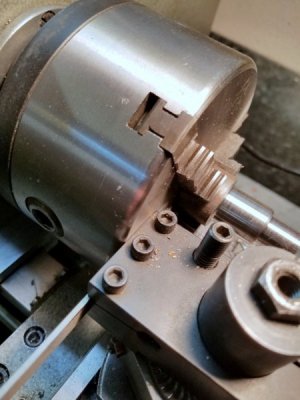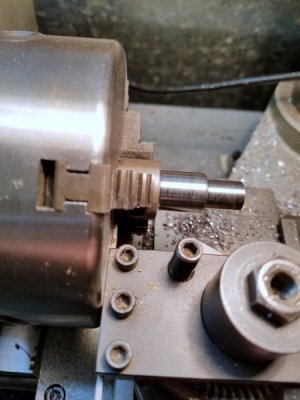- Joined
- Jan 24, 2013
- Messages
- 105
I agree with above comments on upside down tools, I also like to do threading upside down and in reverse. Magic. If a screwed chuck make a rear toolpost and fit a chamfer tool as well, you won't regret it.
Could I also suggest locking the compound AND the sasddle and making absolutley certain that the blade is at 90 degrees.
I'll post a pic of toolholder from scrap that works for me this evening.
In the meantime have a look at this vid.
Cheers,
- Barry.
I've seen the YouTube video that Barry posted and I'm going to try it as soon as I get a little break in spring work.
Bob



